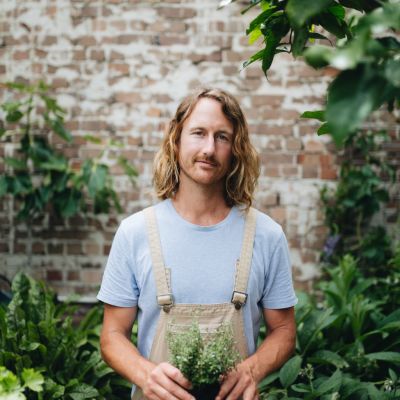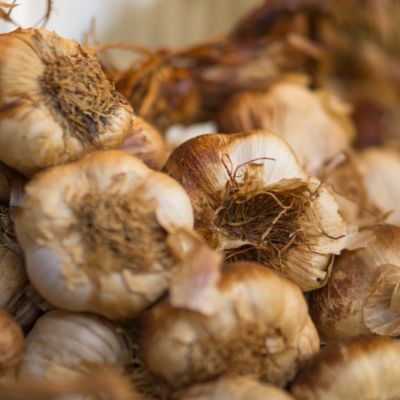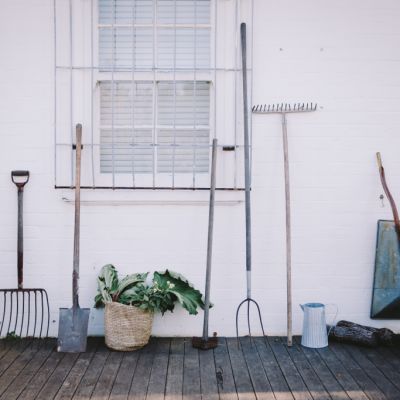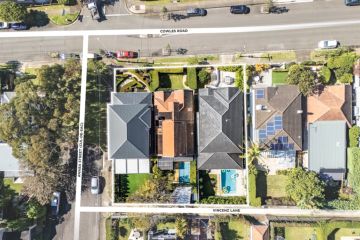Veggie patch fails: What we learnt from 'iso' gardening
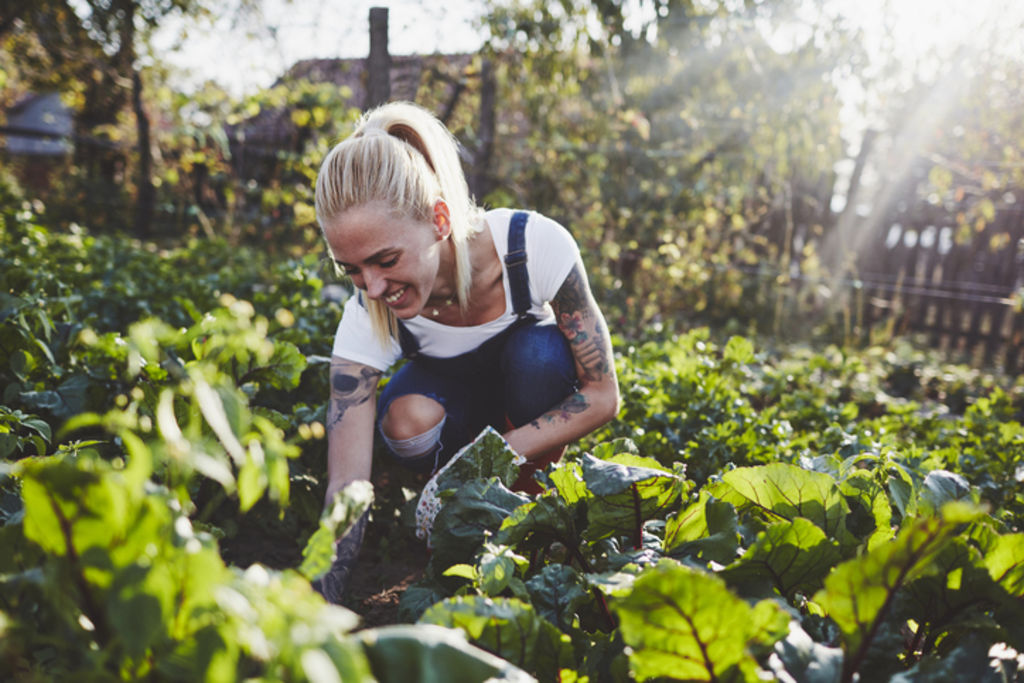
Were you among the thousands of people who gained a sudden gusto for gardening during Australia’s first round of lockdowns?
If so, you’ll likely now be reaping the rewards, or just wondering where it all went wrong.
Questions you might now be asking yourself: Why did I plant all 30 lettuces at once? What’s nibbling at my seedlings? And why did I try and grow capsicum in May?
Fear not, future green thumbs, if all didn’t go according to plan on your first attempt, there’s still time to become an expert of the soil. Here’s how:
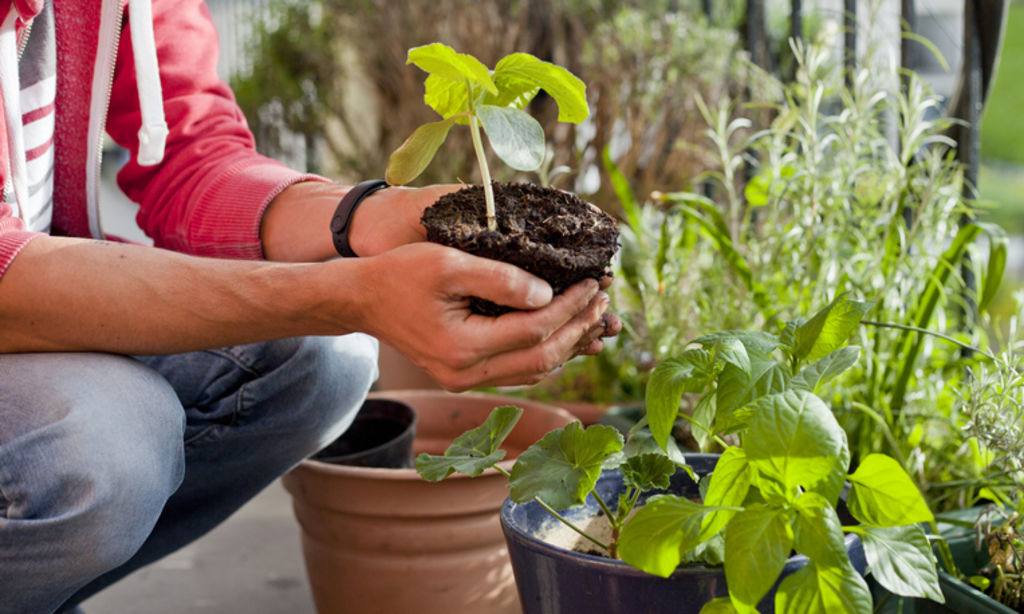
Don’t plant out of season
You’d think that whatever’s on sale at the nursery would be OK to plant right now. Nup.
Just because someone has grown seedlings in a commercial greenhouse doesn’t mean they’ll flourish in your garden if it’s the wrong time of year, says Mat Pember, founder of the Little Veggie Patch Co.
“For example, nurseries will have tomatoes in August and people get excited,” he says. “They’ll plant them in August and obviously they won’t do very well.”
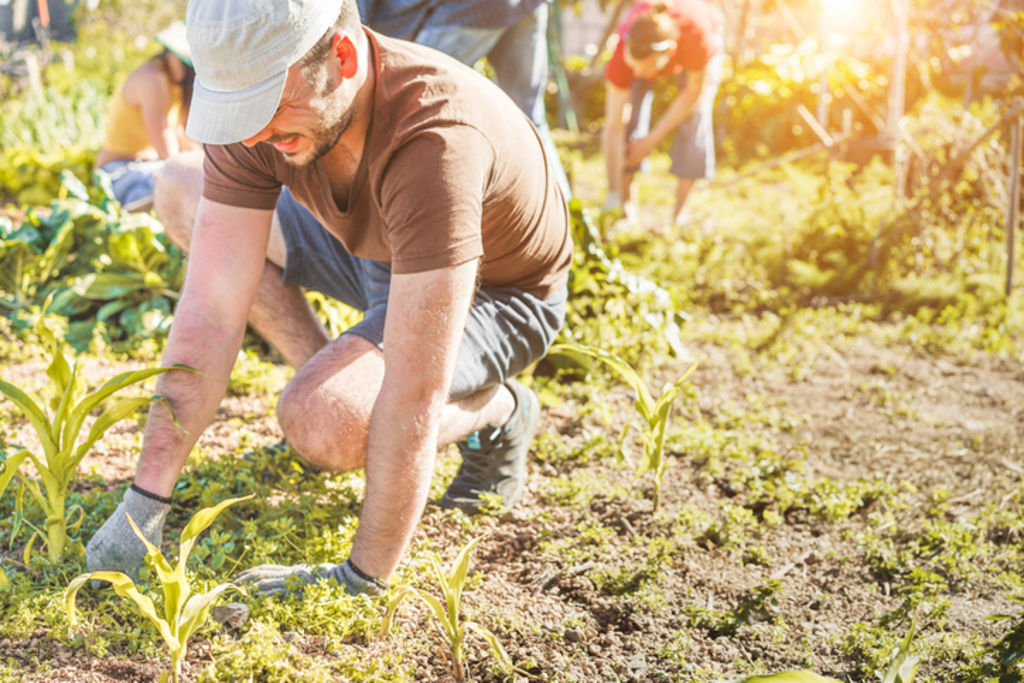
Invest in good potting mix
Next conundrum: potting mix. Should you buy the expensive one or try and save a few bucks?
“You’ll see the $15 bag of potting mix, and then you’ll see the $4.95 bag, and go, seriously how much better is the $15 one going to be?” says Pember. “But potting mix is one of those things that is completely correlated to price. The $15 one is three times as good.”
And if you’ve already bought the cheap version?
Work on the soil so it can sustain growth down the track, Pember says. “Keep it fed and just make sure you’re Seasol-ing and you do a fish fertiliser.”
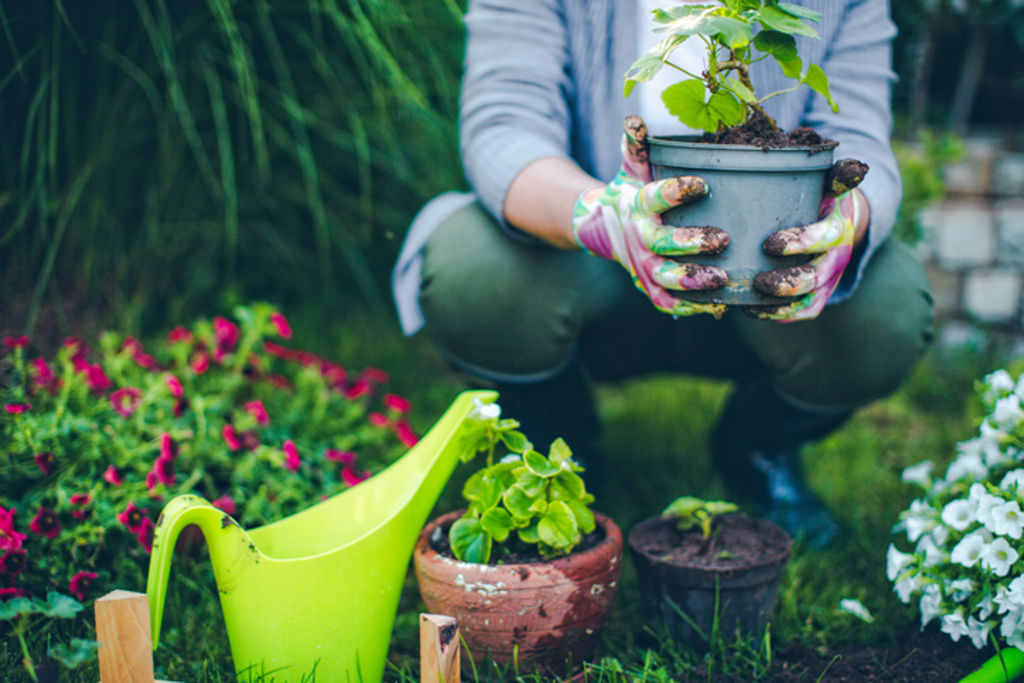
Choose a sunny spot
Sunlight is essential for any good veggie garden, says horticulturist Marcelle Swanson, of The Diggers Club.
“Veggie seeds need around six hours of sunlight a day and so some things will tolerate more shade than others.”
You’ll also need to consider the angle of the sun, and the shade that will be created from the things you’re planting.
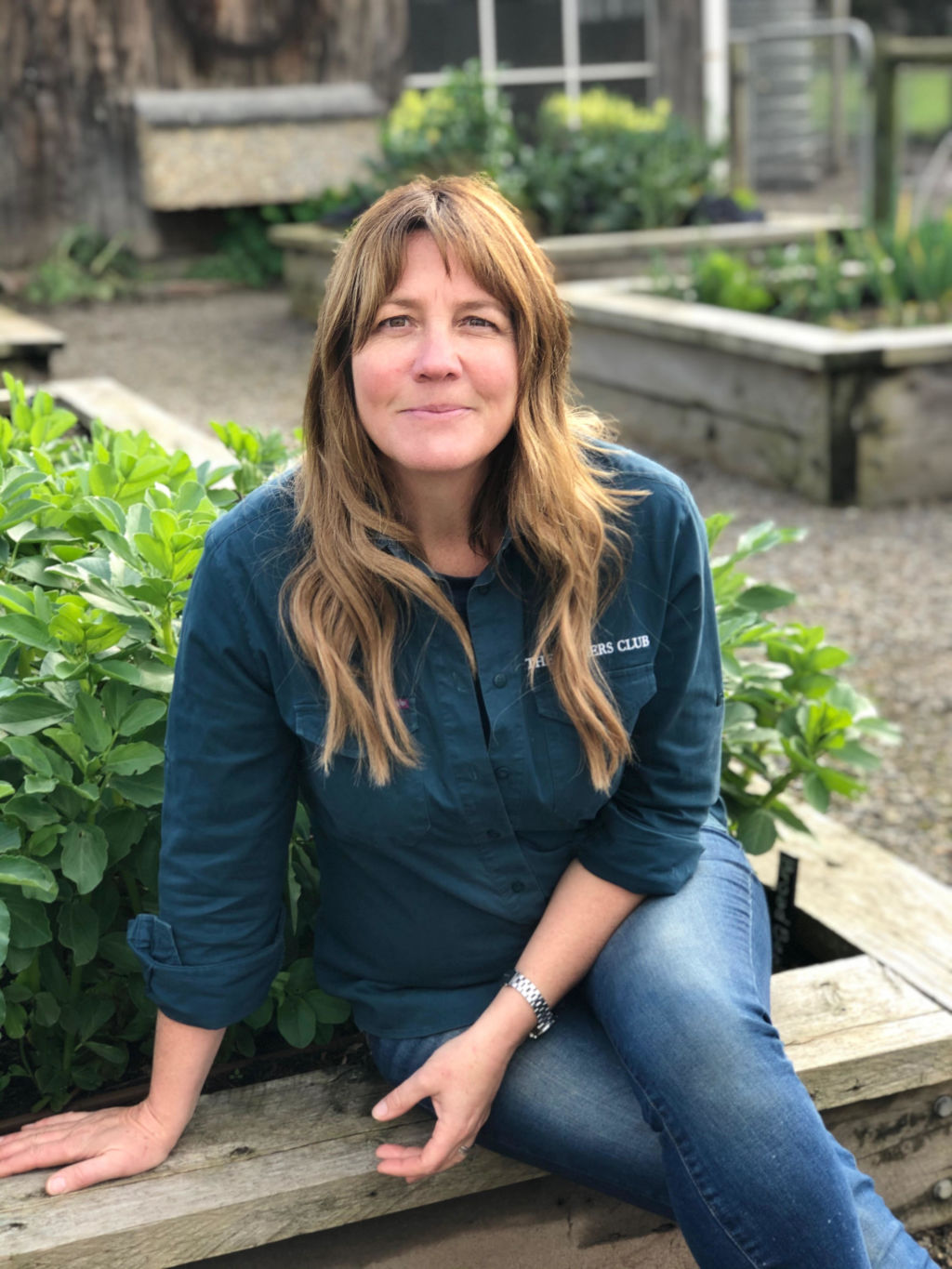
“You don’t want to plant corn in a position that’s then going to shade the rest of the garden,” she says. “If you’re facing north, put the tallest things at the south end.”
Seeds or seedlings
“We often joke about the fact that seedlings are your gateway drug into veggie gardening because they are so much easier,” says Swanson.
But she says seeds are cheap, give you more varieties to choose from and are satisfying to germinate. “When you see that little green sprout coming out of the soil, it is so exciting.”
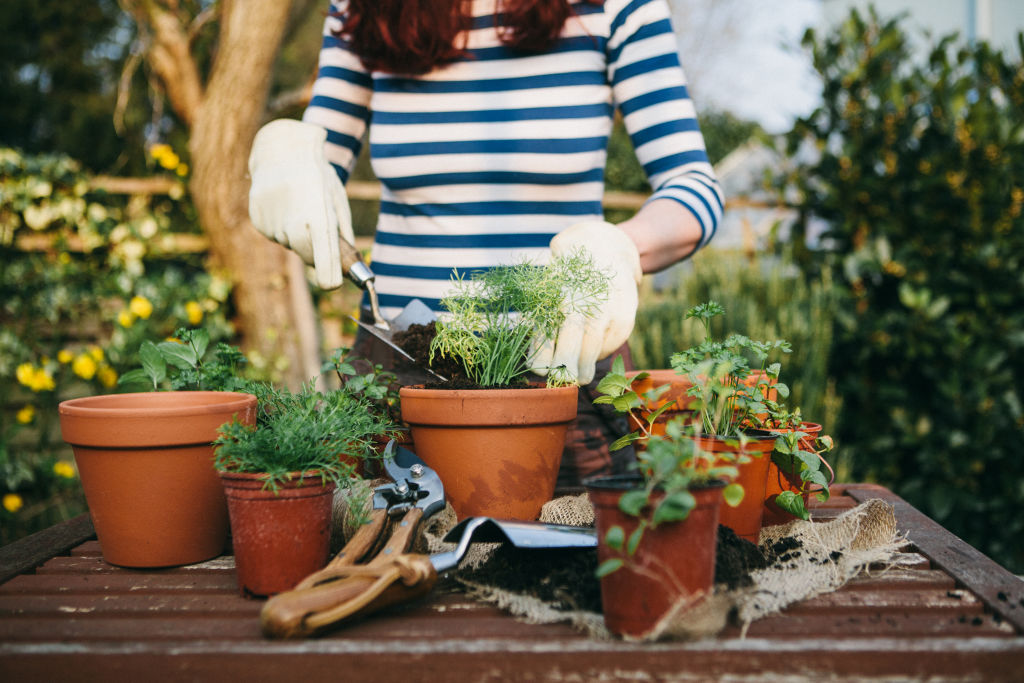
What to avoid? Apart from checking the season, don’t plant the seed too deep, Swanson says.
“They should only be about three times their width deep. Some of them can sit basically on the surface and just stay moist.”
Swanson often grows her seeds outside in a plastic storage box, which acts like a little greenhouse. Take the lid off occasionally to let some air in.
As for root crops? They’re best sown directly into your garden.
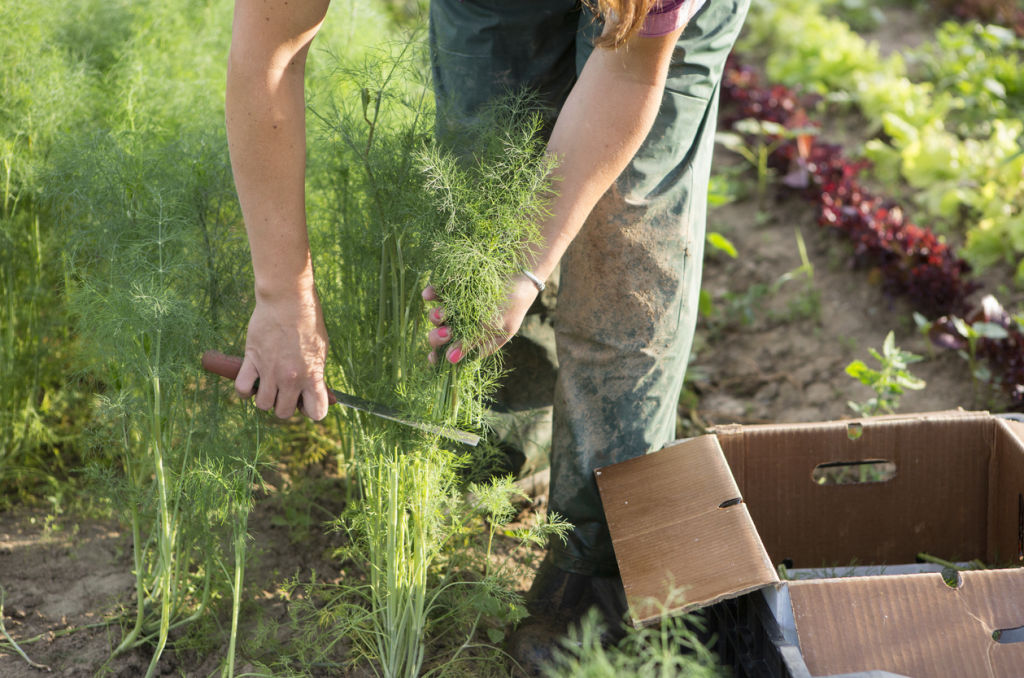
Don’t plant everything at once
Swanson, who lives on a hobby farm in Mornington, Victoria, sows about 40 centimetres of a veggie row at a time.
“I’m feeding a family of five, and I’ll give those two or three weeks and once they get to a certain height, I’ll then sow another whole row.”
If she’s growing carrots, for example, she’ll work out how many carrots her family will eat in an average week, and plant accordingly.
Other harvests, such as tomatoes, are tough to space out, so learning to preserve them is key, she says.
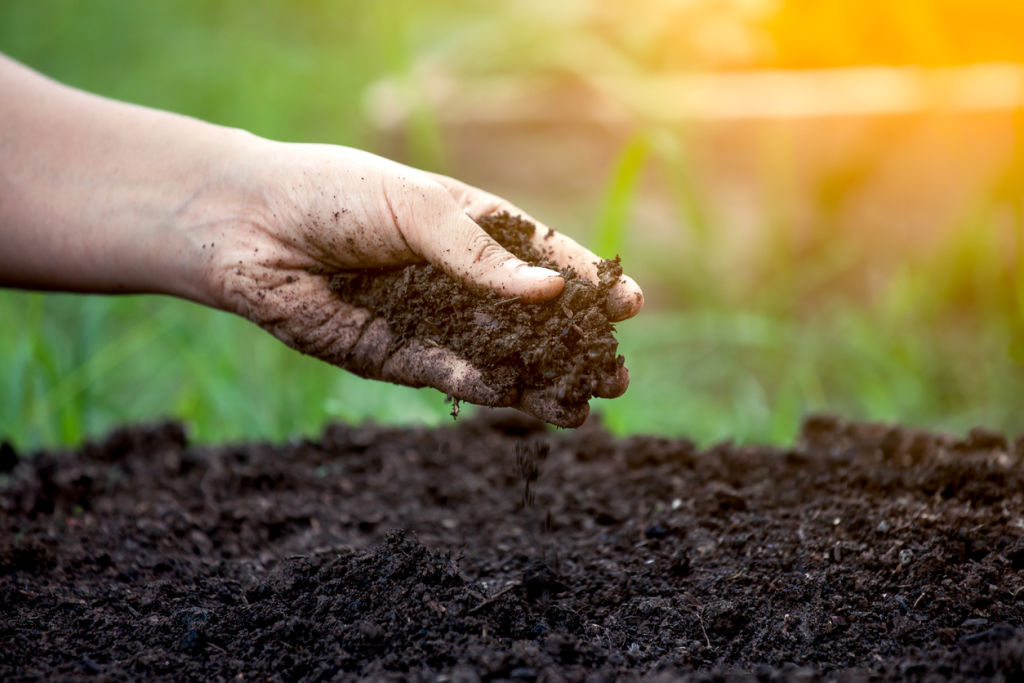
Insects
Are possums or cabbage moths attacking your labours of love?
Pember recommends placing fine netting over your plants, which prohibits the moths from laying their larvae.
“As a failsafe, I would recommend netting straight away. Don’t be concerned that you’re keeping out pollinating insects because not many plants really need insects to pollinate for fruit.”
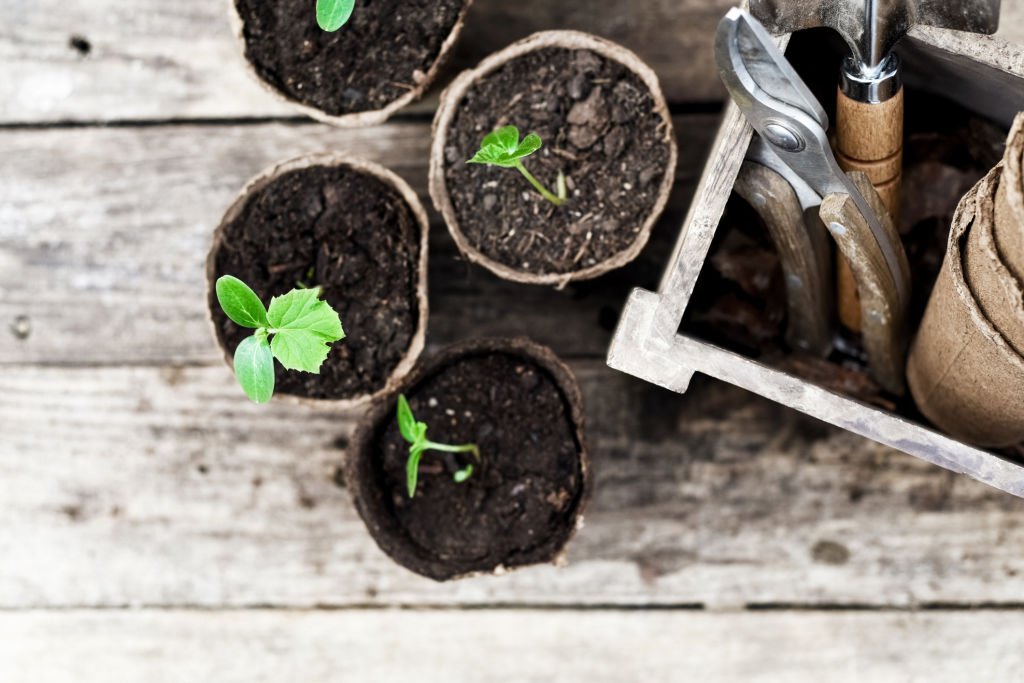
And if at first you fail …
Keep trying and learning, says Swanson, who notes how helpful growing our own food can be for our mental health and wellbeing.
“It’s just one of those things where experience counts for everything, and the more you do it, the better and better you get,” she says. “Once you get into the right rhythm of it, you’ll never look back.”
We recommend
States
Capital Cities
Capital Cities - Rentals
Popular Areas
Allhomes
More
